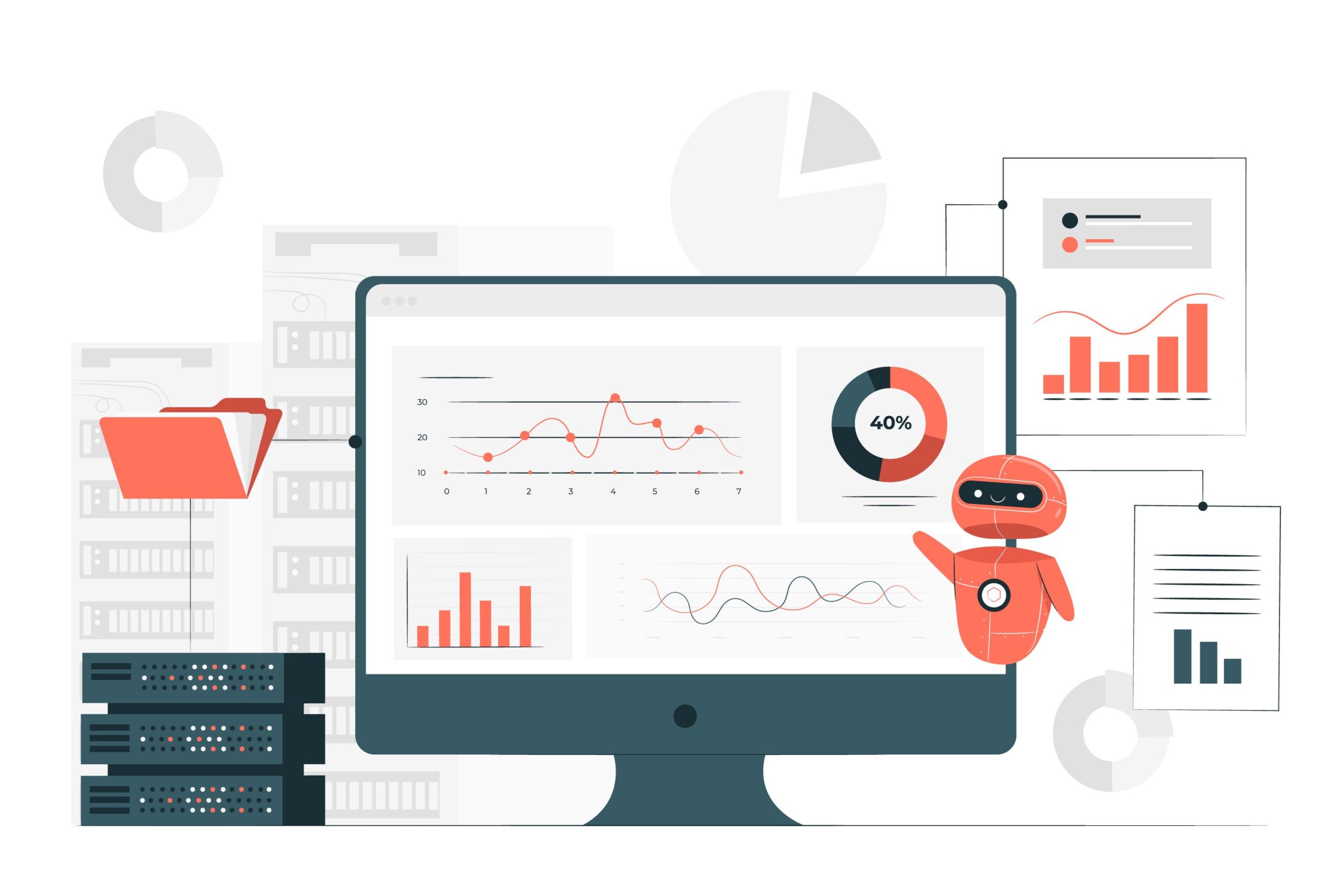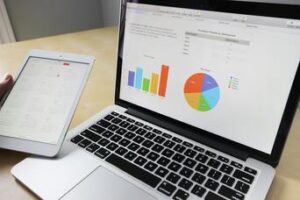Subtotal $0.00
In the digital age, data has become the lifeblood of modern enterprises, fueling innovation, driving decision-making, and unlocking new opportunities for growth. However, the sheer volume, velocity, and variety of data generated today can be overwhelming without the right tools and techniques to harness its potential. This is where big data analytics comes into play, offering organizations the ability to extract actionable insights from vast and complex datasets. In this blog, we’ll explore how businesses are harnessing big data analytics to gain valuable insights, make informed decisions, and stay ahead of the competition in 2024.
Big data analytics refers to the process of examining large and varied datasets to uncover hidden patterns, correlations, and trends. By leveraging advanced analytics techniques, including machine learning, natural language processing, and predictive modeling, organizations can extract meaningful insights from structured and unstructured data sources. These insights enable businesses to understand customer behavior, optimize operations, mitigate risks, and drive innovation across various industries.
“We are surrounded by data, but starved for insights.”
Jay Baer
In 2024, businesses are increasingly turning to big data analytics to gain a competitive edge in the marketplace. From e-commerce giants to healthcare providers, organizations are leveraging data-driven insights to enhance customer experiences, optimize supply chains, personalize marketing campaigns, and improve operational efficiency. For example, retail companies are using big data analytics to analyze customer purchase history, predict buying patterns, and offer targeted promotions. Similarly, healthcare organizations are harnessing data analytics to identify disease outbreaks, optimize treatment protocols, and improve patient outcomes.
Key Trends in Big Data Analytics:
-
Real-Time Analytics: With the growing demand for instant insights, real-time analytics capabilities are becoming increasingly important. Organizations are investing in technologies such as stream processing and in-memory databases to analyze data in real-time and respond to changing conditions faster than ever before.
-
AI and Machine Learning: Artificial intelligence and machine learning are revolutionizing big data analytics by enabling automated data analysis and predictive modeling. By training algorithms on large datasets, businesses can uncover complex patterns and make accurate predictions, driving more informed decision-making and driving business growth.


-
Edge Analytics: As the Internet of Things (IoT) continues to expand, edge analytics is gaining prominence as a way to process and analyze data closer to its source. By deploying analytics capabilities at the edge of the network, organizations can reduce latency, improve reliability, and extract actionable insights from IoT devices in real-time.
-
Privacy and Security: With increasing concerns about data privacy and security, organizations are prioritizing measures to protect sensitive information and comply with regulations such as GDPR and CCPA. Encryption, anonymization, and access control are essential components of a robust data security strategy, ensuring that sensitive data remains protected throughout the analytics process.
In conclusion, big data analytics has emerged as a cornerstone of modern business strategy, enabling organizations to unlock the value of data and gain actionable insights that drive growth and innovation. In 2024, businesses will continue to invest in advanced analytics technologies and techniques to extract valuable insights from large and diverse datasets. By harnessing the power of big data analytics, organizations can stay ahead of the curve, make smarter decisions, and thrive in the competitive landscape of the digital age.


Comments are closed